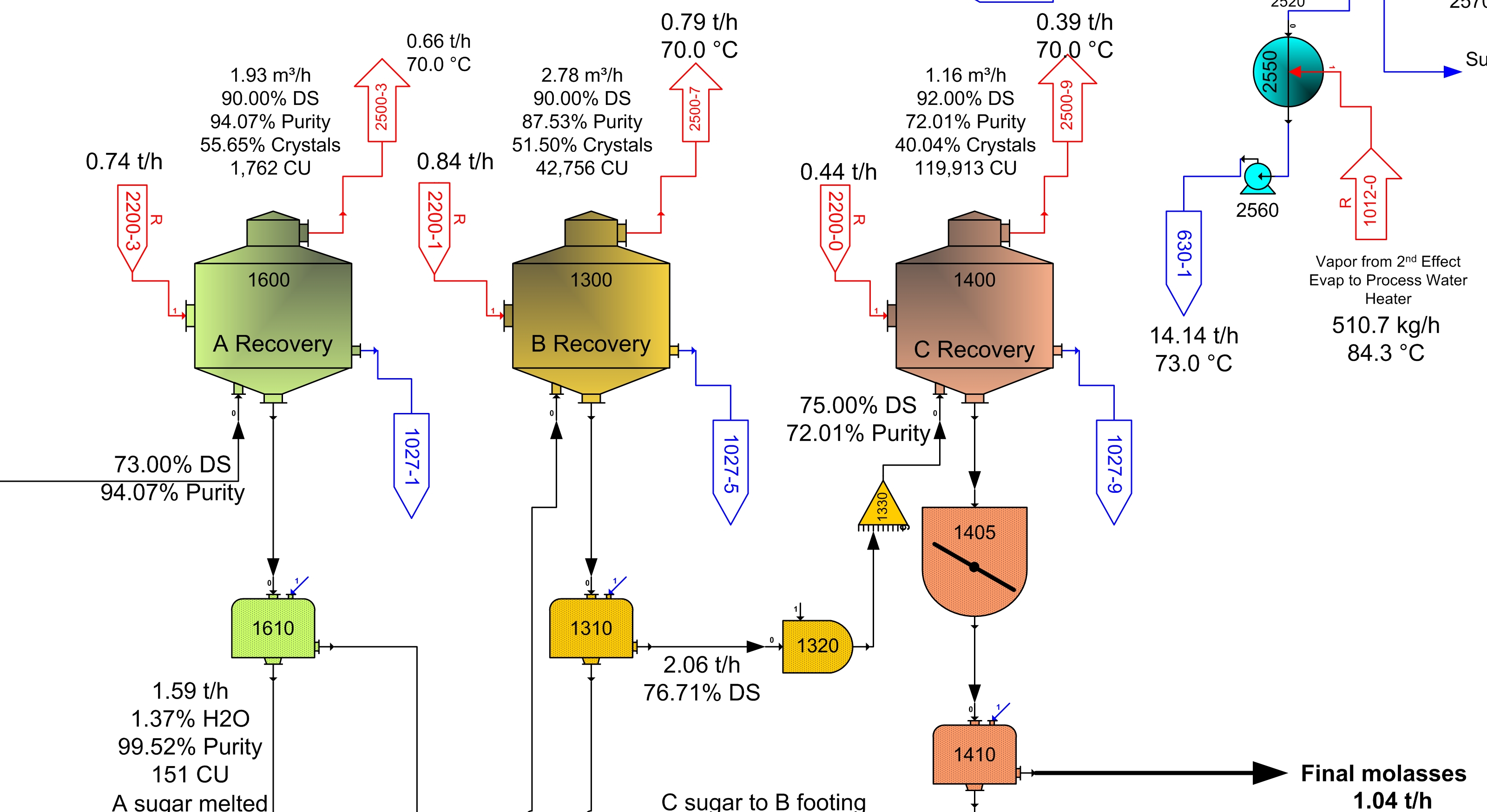SKIL's role in the Dan Chang Refinery Project

Project Rationale
Mitr Phol had identified the need to build and commission a new 3 000 tons per day RSO refinery at one of its factories. Its objectives were to obtain Improved sugar quality, to reduce specific energy consumption [in terms of both steam and electricity] and to obtain improved sugar yield. In doing so, it wanted to adopt cutting edge technology.
In addition to the 3 000 t/d capacity [3 100 t/d melt], the company required the capability to produce seven different grades of product :
- Super refined sugar <15 ICU– 1 500 t/d
- Special super refined sugar <15 ICU– 70,000 t/a
- Refined sugar <35 ICU– 650 t/d
- White sugar (W1) <100 ICU– 270 t/d
- White sugar (W2) <150 ICU– 100 t/d
- NCS sugar <1500 ICU– 80 t/d
- Liquid sugar– 400 t/d
Project Concept
Mitr Phol's preferred technologies for the refinery were to include affination, clarify with carbonatation, use either GAC or IER columns for decolourisation, use either plate or falling film evaporation and use either continuous or batch [with honeycomb calandrias] vacuum pans. It wanted SKIL to advise it in terms of which option to adopt in each case.
The company's base performance requirements were :
- Yield greater than or equal to 97 tons RSO per ton melt
- Steam consumption less than or equal to 1.1 tons steam per ton melt
- Electricity usage less than or equal to 98 kw per ton melt
- Fine liquor greater than 60 Bx as supplied to the evaporators
- Fine liquor colour less than 20 ICU
In addition, the refinery would have to conform to modern GMP and HACCP principles and the products would have to pass strict microbiological standards Initial discussions centred around the choice of options for the various process blocks with the uncertain areas being decolourisation, evaporation and vacuum pans. It was determined at an early stage to use batch vacuum pans.
SKIL then provided a comprehensive comparison document of the differences between GAC and IER. The comparison included ease of operation, capital cost, operating cost and losses to be expected in the two processes. A similar paper was provided for the evaporation stage of the refinery.
Project Design
Mitr Phol was confident of its ability to implement the project with local contractors. What it required was a front-end package to allow it to go out to enquiry on a detail design and construct basis.
Normally, once the initial process blocks and overall capacity with the required product split are decided SKIL produces a Sugars™ model to enable specifications to be developed and the design firmed up in order to allow the design drafting process to begin.
Because Mitr Phol could not decide between the options for decolourisation and evaporation, Sugars™ models were produced incorporating the different technologies and the design layout was made flexible enough to accommodate the different equipment.
The design layout was discussed and modified as desired during onsite discussions with the company. Once the refinery layout was settled a full cost estimate was prepared.
The flexibility that SKIL provided was a key part in developing the final design and cost estimates for the different options.
Project Timescale
SKIL started work with Mitr Phol in late 2017 and the final design was finished in mid 2019.

